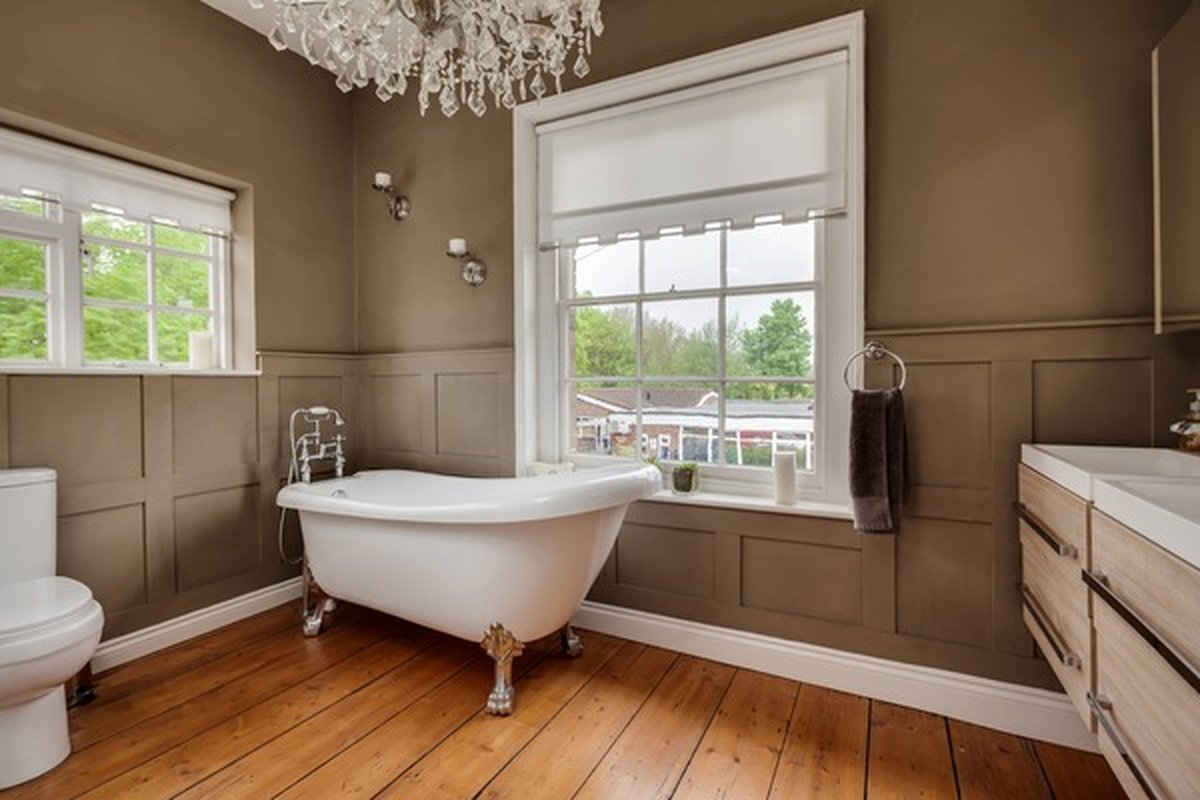Creating the right atmosphere in a web design office goes far beyond choosing the right hardware and software.Read More
Whether you’re designing a space for clients or nurturing a creative in-house team, stylish wall panelling can define your brand’s visual tone while improving the overall ambiance of the workplace. The reception or entry area of a web design office is your first opportunity to express your creative identity. Consider using slatted wooden panels in geometric patterns, textured acrylic panels with embedded lighting, or sleek metal panelling to create a contemporary and eye-catching entrance. This not only sets the tone for visitors but also communicates professionalism and innovation from the outset. Web design teams often work in open-plan environments. While this layout encourages collaboration, it can also lead to noise distractions. Acoustic wall panelling serves as an excellent way to absorb sound without compromising on style. Felt-covered panels in soft hues, 3D wall tiles, or cork panelling can blend seamlessly into your design theme while boosting comfort and concentration. Flat white walls rarely spark creativity. Instead, introduce layered textures with wall panelling to add visual interest and stimulate the senses. Materials like reclaimed timber, brushed concrete finishes, or even matte black MDF panels can help shape a space that feels both modern and grounded. Try using contrasting finishes on different walls to build a sense of depth and define work zones. Decorative panelling is a fantastic way to integrate your brand colours into the physical space. Painted MDF panels or lacquered wood in brand shades can reinforce visual identity and energise your team. Consider installing custom panelling behind meeting tables or in breakout areas to highlight company values while maintaining a cohesive design language. Strategic lighting paired with wall panelling can create stunning visual effects. Backlit panels, ridged surfaces, or panels with carved grooves can transform a wall into a dynamic element that changes with the light. This interplay of shadows and textures can make your workspace feel alive, particularly in creative studios where inspiration often comes from the environment itself. Panelling isn’t limited to walls alone. Use vertical panels as semi-dividers to create breakout zones, private nooks, or creative pods within open spaces. Slatted timber dividers, metal mesh panels, or frosted acrylic sheets can subtly segment the area without obstructing natural light or flow. This approach keeps the office open and flexible while still offering structure. For design teams with a sustainability focus, eco-friendly panelling options are widely available. Bamboo, recycled plastic panels, or responsibly sourced timber can deliver style with a conscience. Not only do these materials reduce environmental impact, but they also send a strong message about your values to clients and collaborators. Web design offices often evolve quickly—new teams, projects, and creative directions. Modular or removable panelling systems offer a flexible way to keep the environment fresh without major overhauls. Panels that clip into place or use hidden mounts allow for seasonal changes or rebranding without downtime. Conclusion Decorative panelling isn’t just about looks—it’s about creating an atmosphere where ideas flourish, clients feel inspired, and teams feel empowered. From acoustics and sustainability to lighting and texture, thoughtful wall panelling solutions can completely transform a web design office into a space that reflects both creativity and professionalism. Investing in this aspect of interior design can make your studio not just a workplace, but a hub of innovation and style.Create a Bold First Impression
Enhance Acoustic Comfort with Style
Add Depth with Layered Textures
Use Colour to Reflect Brand Identity
Light and Shadows: Play with Illumination
Define Spaces Without Walls
Sustainability Meets Aesthetics
Easy Updates for Dynamic Spaces
Decorative Panelling Ideas for Stylish Web Design Offices

Creating the right atmosphere in a web design office goes far beyond choosing the right hardware and software.Read More




